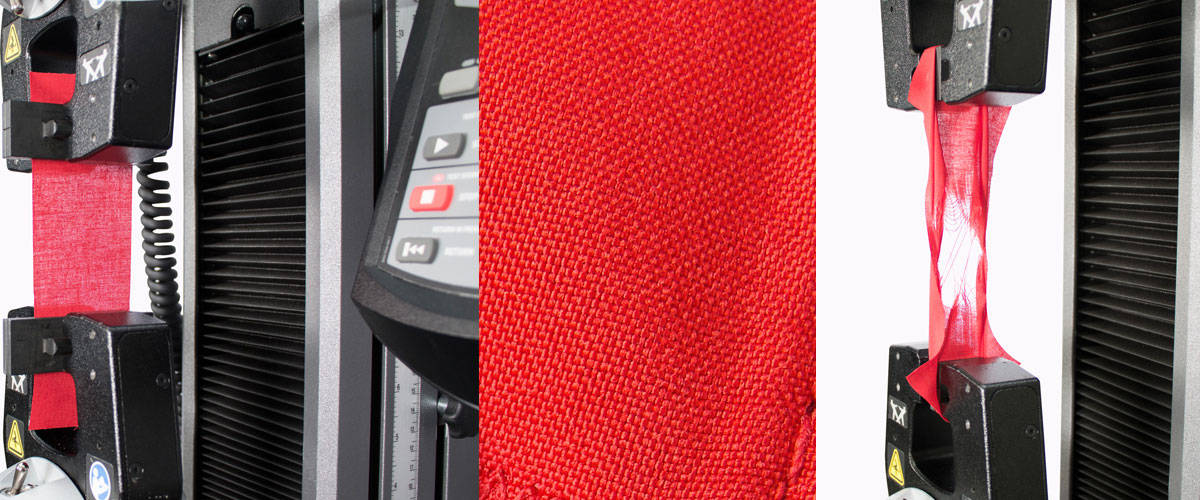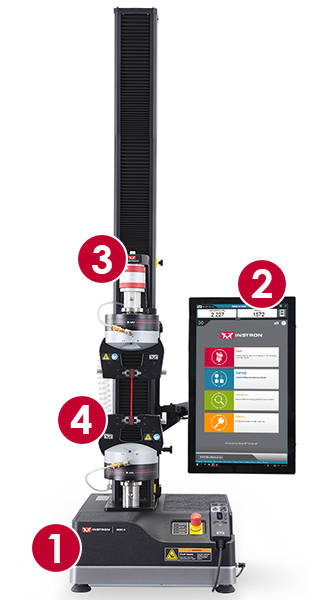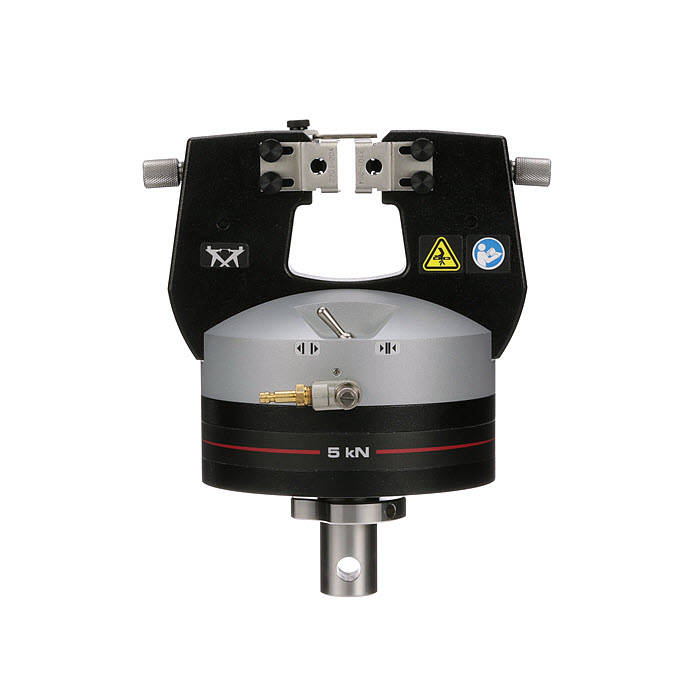ASTM D5035 Breaking Strength and Elongation of Textile Fabrics (Strip Method)
TIPS AND TRICKS
- This standard recommends a Constant Rate of Extension (CRE) frame for testing, however, it also notes that Constant Rate of Load or Constant Rate of Traverse are acceptable as well. When different testing machines are used for testing the same materials, a constant time-to-break of 20 +/- 3 seconds is recommended for the most comparable results. It should be noted that results still can vary significantly based on the frame used.
- ASTM D5035 requires that two sets of specimens are prepared, one in the warp direction and one in the weft direction.
- Instron’s Bluehill Universal testing software has advanced pre-built methods available with pre-configured calculations helping to ensure compliance to ASTM D5035.
Related Content
最高クラスの6800シリーズ試験機のカタログ
インストロン6800シリーズ万能材料試験機は、他に類のない精度と信頼性を提供します。特許申請中のオペレーター保護機能に基づき、最新のスマートクローズエアキットおよび衝突緩和機能を搭載した6800シリーズは、材料試験をかつてないほどシンプルに、スマートに、安全にします。
Bluehill Universalのカタログ
Bluehill Universalソフトウェアは、タッチ操作と直感的なユーザーエクスペリエンスを念頭に構築されています。標準装備の試験メソッド、数秒で行われるQuickTest、強化されたデータエクスポート、そしてサービスとの直接通信を提供する新機能Instron Connectなどの機能が、これまでよりもシンプルでスマートな試験を可能にします。Bluehill 2やBluehill 3などの旧バージョンソフトウェアからは、簡単に最新バージョンのBluehillにアップグレードできます。


